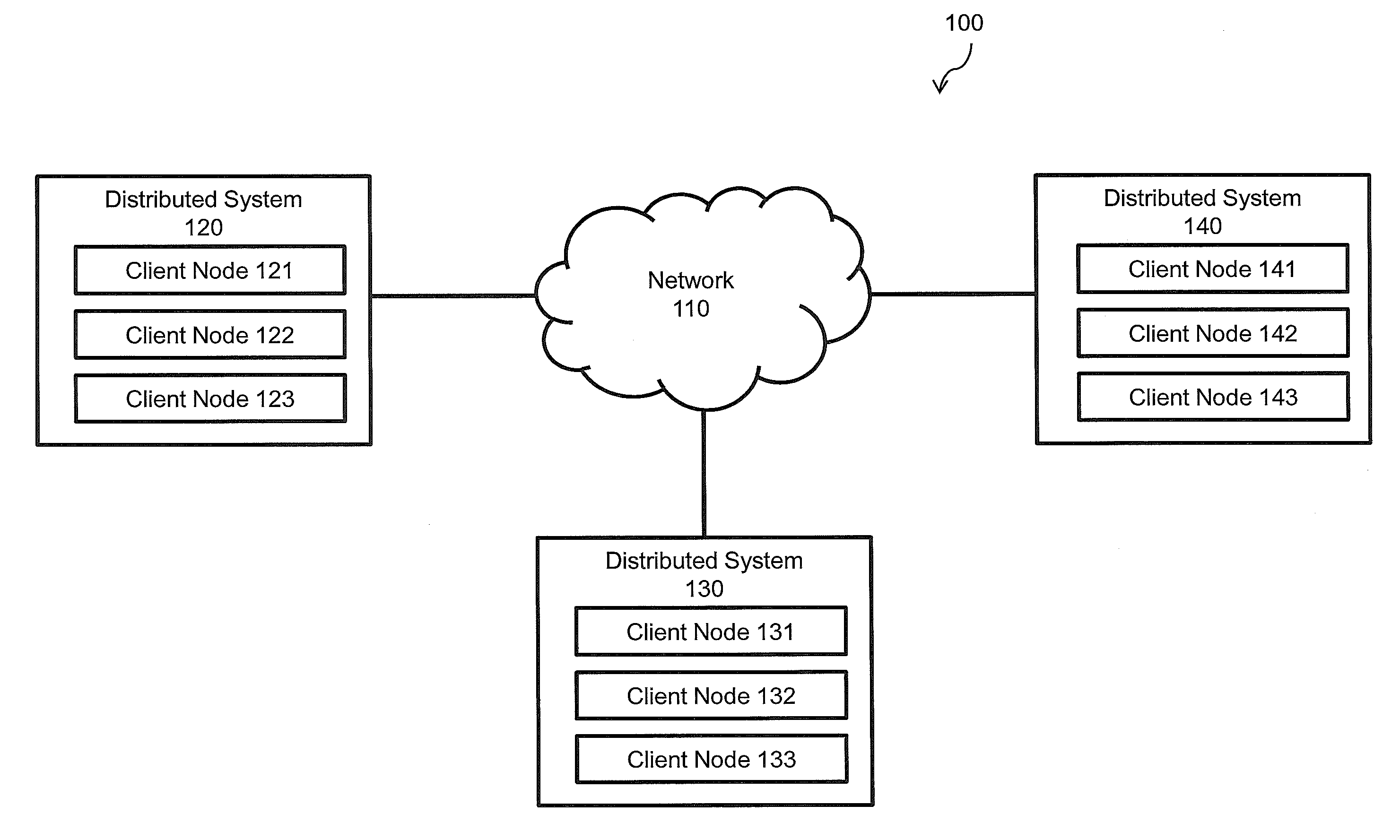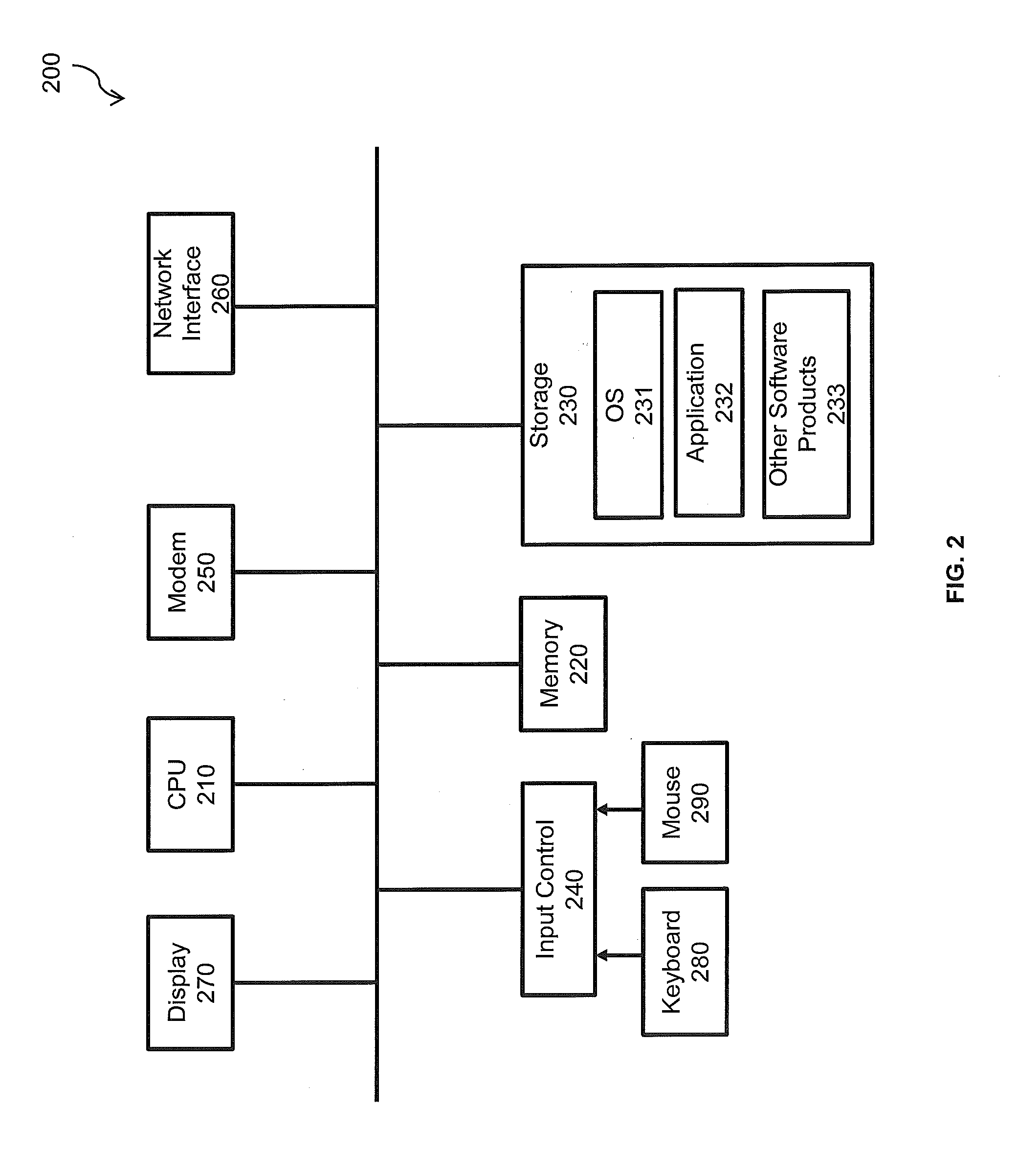Managing dependencies between operations in a distributed system
- Summary
- Abstract
- Description
- Claims
- Application Information
AI Technical Summary
Benefits of technology
Problems solved by technology
Method used
Image
Examples
Embodiment Construction
[0052]As workloads on modern computer systems become larger and more varied, more and more computational resources are needed. For example, a request from a client to web site may involve one or more load balancers, web servers, databases, application servers, etc. Any such collection of resources tied together by a data network may be referred to as a distributed system. A distributed system may be a set of identical or non-identical client nodes connected together by a local area network. Alternatively, the client nodes may be geographically scattered and connected by the Internet, or a heterogeneous mix of computers, each providing one or more different resources. Each client node may have a distinct operating system and be running a different set of applications.
[0053]FIG. 1 illustrates an exemplary distributed system 100 according to the invention. A network 110 interconnects one or more distributed systems 120, 130, 140. Each distributed system includes one or more client node...
PUM
 Login to View More
Login to View More Abstract
Description
Claims
Application Information
 Login to View More
Login to View More - R&D
- Intellectual Property
- Life Sciences
- Materials
- Tech Scout
- Unparalleled Data Quality
- Higher Quality Content
- 60% Fewer Hallucinations
Browse by: Latest US Patents, China's latest patents, Technical Efficacy Thesaurus, Application Domain, Technology Topic, Popular Technical Reports.
© 2025 PatSnap. All rights reserved.Legal|Privacy policy|Modern Slavery Act Transparency Statement|Sitemap|About US| Contact US: help@patsnap.com



